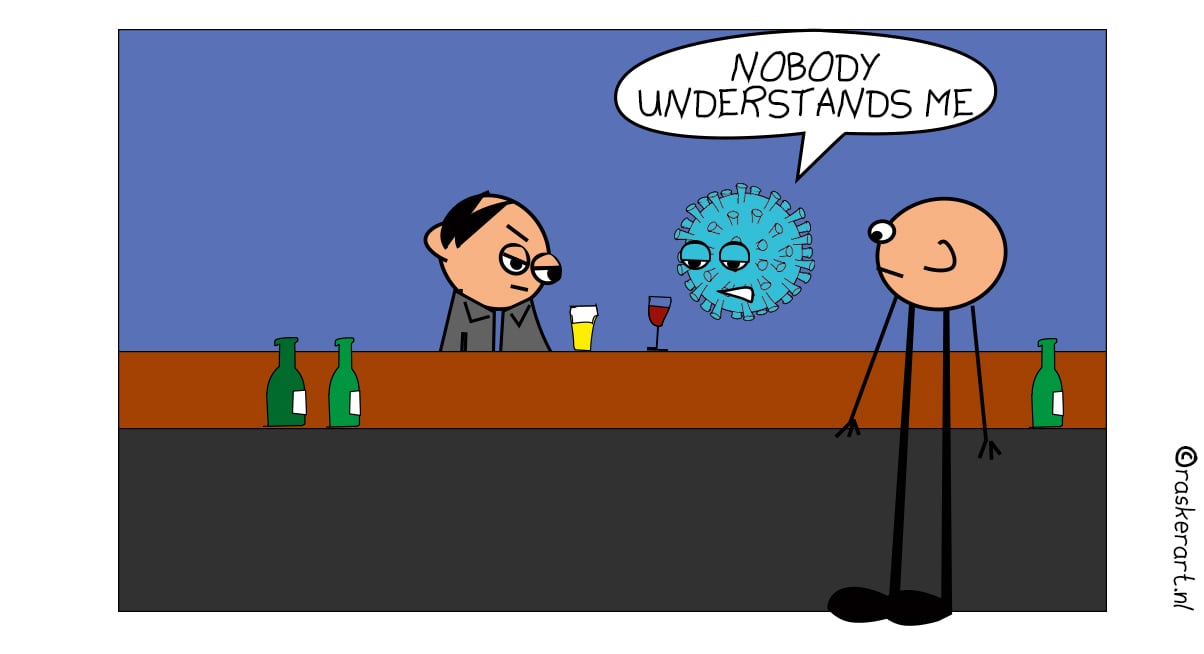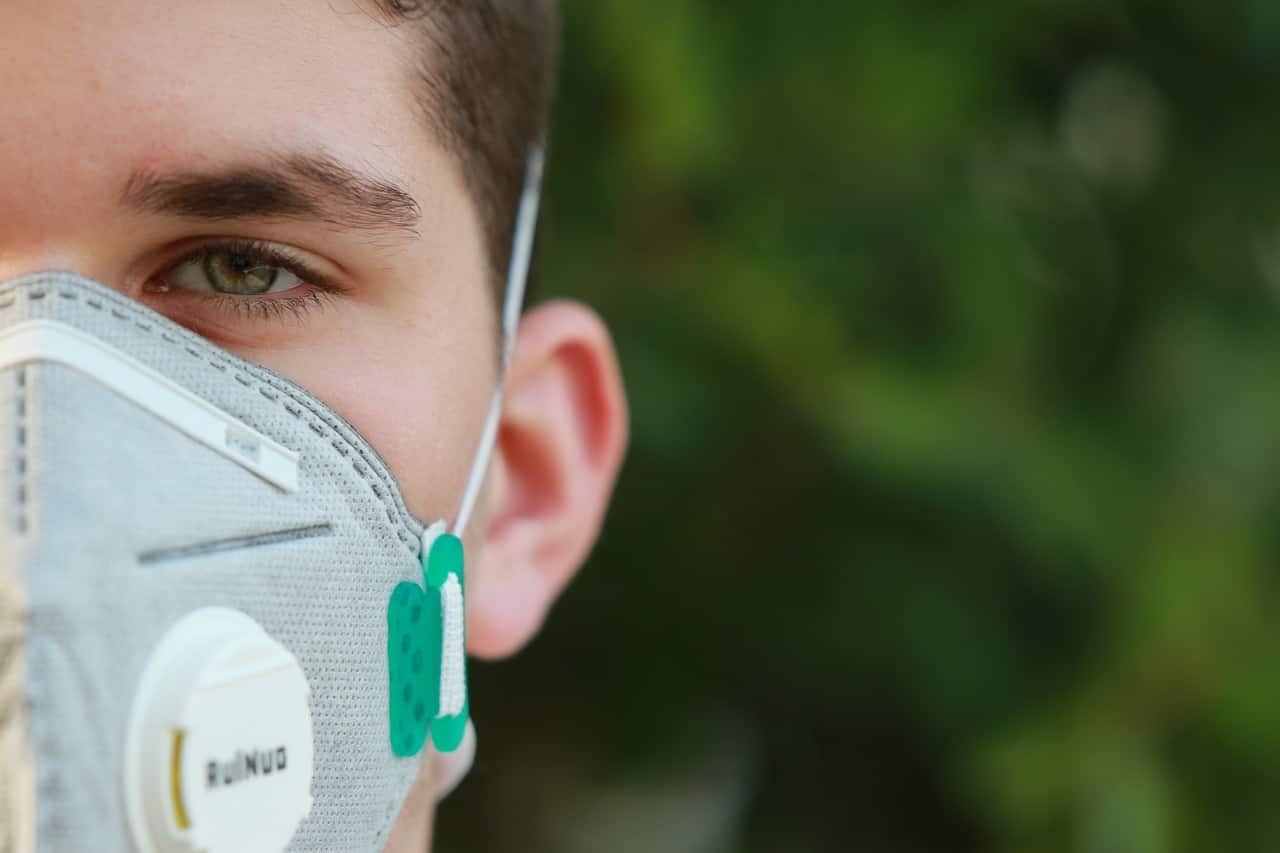
In the weekly ‘follow-up’ section we present a sequel to last week’s best-read article here on Innovation Origins. This week is about a Dutch study from a Nijmegen medical university on the protein bradykinin, which clarifies a mechanism in the disease progression of corona patients. This had been overlooked up until now. Radboud UMC may have come up with a medicine for it.
All over the world, scientists, pharmacologists, and other healthcare specialists are joining forces to find a solution for the coronavirus. Not only in the form of a vaccine or medicine but start-ups as well who are making sure that children can still be taught. Then there are entrepreneurs who print 3D face masks to alleviate that shortage of personal protective equipment. Or what about the Polish start-up working with scientists on a basic home test? Or in Stuttgart, Germany where contact-free testing is carried out at a hospital entrance?
In the quest for a cure, medicine, or a vaccine, scientists are making more and more use of artificial intelligence or large amounts of data. Like the spin-off from the University of Graz who, via a platform developed by them, found an existing drug against corona that is currently being cautiously tested out on patients.
A classic medical mindset
However, a group of researchers at the Radboud UMC in the Dutch city of Nijmegen has proven that it is also possible to find a cure for COVID-19 without the use of AI or ‘big data’. The study, which already appeared as a preprint, outlines why patients’ lungs fill up with fluid. As well as what a potential drug could be against this phenomenon. Clinical pharmacologist Roger Brüggemann received a telephone call from internist/infectious diseases specialist Frank van de Veerdonk ‘with a hypothesis and the request to contribute some ideas.’ Brüggemann: “Artificial intelligence can be useful in many cases. Yet, in this case, Frank has locked himself up in the ICU department so that he can look very closely at exactly what’s happening in patients. How does this disease progress? What symptoms do you see? What connections can you make? Which really reflects the classic medical mindset.”
Leaky air sacs in the lungs
Van de Veerdonk noticed that patients suffer from leaks in the pulmonary alveoli (air sacs in the lungs), which he believes have something to do with the blood vessels in the lungs. After consultation with other specialists, he found that these complaints strongly resemble a rare congenital disease: hereditary angioedema. Which is when patients suffer from swelling in the mucous membranes and skin. People with this disease produce too much of the bradykinin protein which leads to blood vessels leaking.
The same mechanism also seems to play a role in patients with corona. Brüggemann: “The coronavirus enters the cell with the help of ACE2 (Angiotensin-converting enzyme 2). Normally this is a naturally occurring protective enzyme, a kind of lock on the door. But the coronavirus is unlike other viruses. It effectively captures the ACE2, thereby depriving it of its natural protection. You’re left with, as it were, a door without a lock. The consequences of this are now widely known.”
Search for a new guardian
“The quinine and bradykinin route that ACE2 takes appears to play an important factor in the progression of the COVID-19 disease. This leads us to think that these leaking blood vessels are formed in the lungs,” Brüggemann explains. That was also the moment that he was asked to participate in research to find an existing drug that would inhibit the production of this protein. He and Frank van de Veerdonk discovered this in the form of icatibant and lanadelumab. “Icatibant blocks the receptor where Bradykinin takes hold and lanadelumab prevents bradykinin from forming.
Clinical trials have started
The very first patients have already been treated. Nevertheless, according to Brüggemann, it is still too early to say for certain anything about this. “It makes a difference that we have discovered medications that already exists. We know what the side effects of these are and the mechanisms that activate them. We know what we can expect from them. That saves a lot of time, but also when it comes to the use of these medicines, we first consulted the Dutch Ministry of Health’s Ethics Committee and the Health and Youth Care Inspectorate, the body that oversees the use of medications.
We are right in the middle of the ‘proof of concept’ phase. Which means that we initially have to test our hypothesis on a limited group of patients. If the outcomes are positive, we will test larger groups. But if the hypothesis turns out to be wrong, we’ll have to go back to the drawing board.”
That is also the reason why Van de Veerdonk and Brüggemann decided to make their hypothesis known to the world. “We need all the knowledge and expertise we can get. It is, in fact, an appeal to other scientists and hospitals to share their thoughts and see if our hypothesis is correct.”
Hospitals in Amsterdam and Utrecht in The Netherlands are already doing this. The preprint of the study has been viewed more than 2500 times and downloaded almost 6000 times around the world. Twenty-four scientists have also posted a response that the Van de Veerdonk team will be able to follow up on.
It is not yet possible to say when and if this treatment will be introduced. Brüggemann: “We’re tentatively optimistic, but we do not want to give any false hope.”





